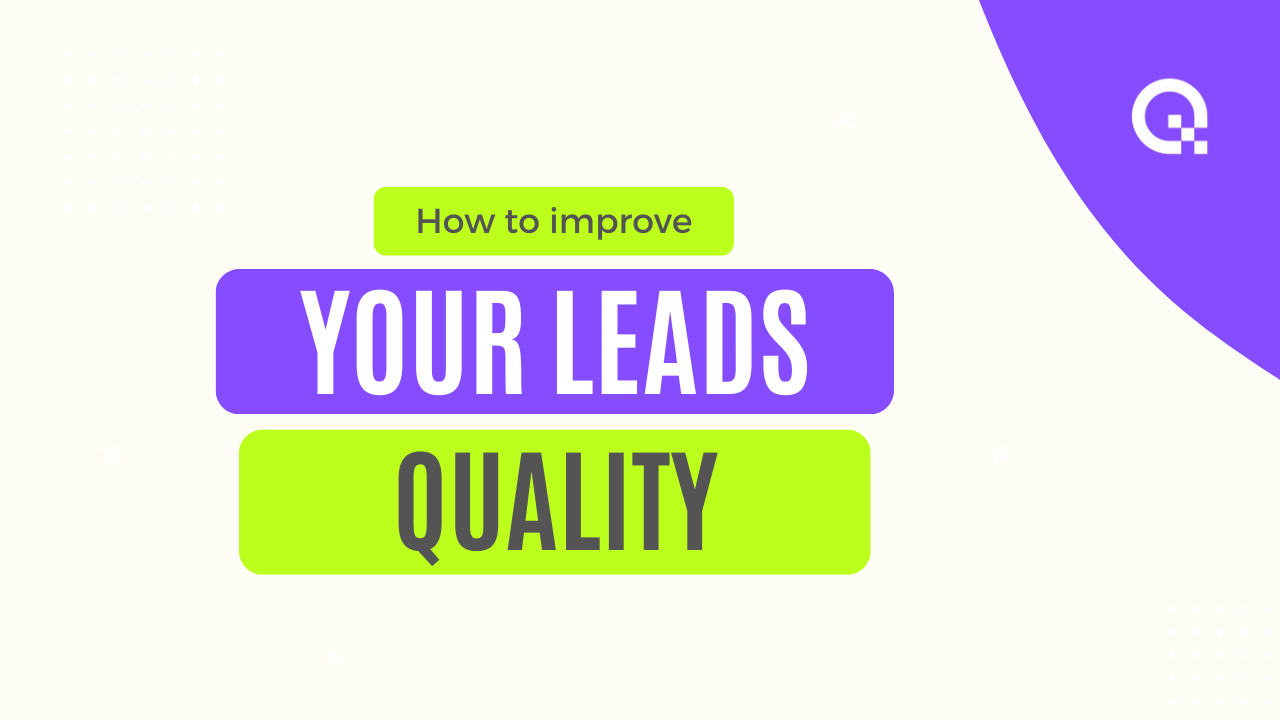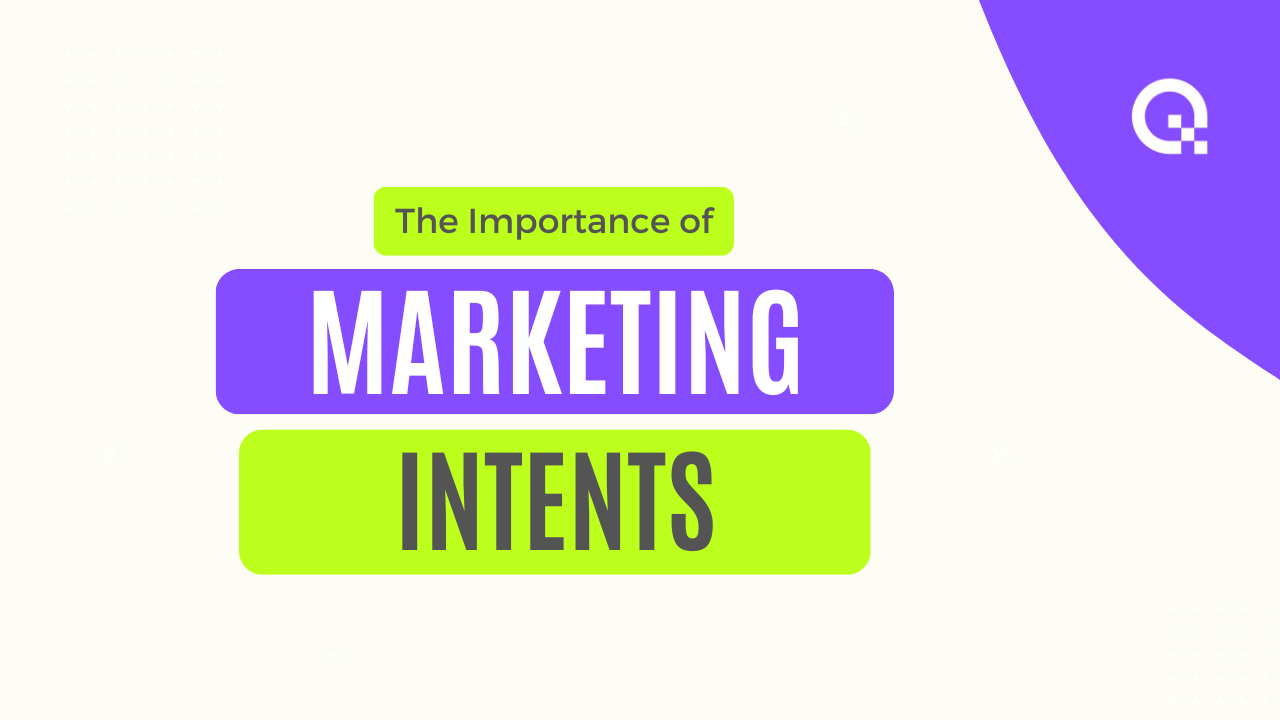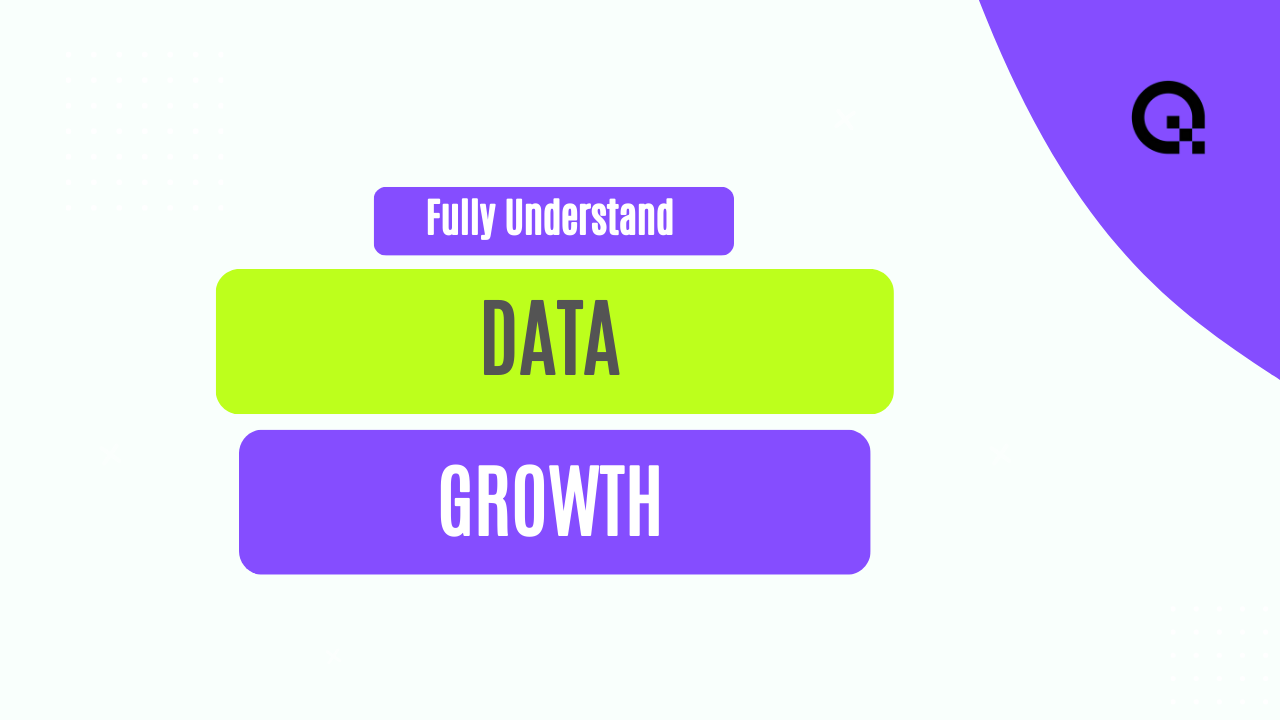Maximizing ROI with Hyper Targeted Marketing
Discover how hyper targeted marketing can significantly boost your return on investment and drive business success.
Understanding Hyper Targeted Marketing
Hyper targeted marketing is a strategy that involves delivering personalized and highly relevant messages to a specific audience segment. With this approach, businesses can tailor their marketing efforts to individual customers or small groups, increasing the chances of engagement and conversion.
To understand hyper targeted marketing, it is important to recognize the power of data. By collecting and analyzing customer data, businesses can gain insights into their preferences, behaviors, and needs. This information allows them to create customized marketing campaigns that resonate with their target audience.
Hyper targeted marketing goes beyond traditional demographic segmentation. It takes into account factors such as interests, browsing history, purchase behavior, and even location. By leveraging these insights, businesses can deliver targeted messages through various channels, including email, social media, and personalized website content.
One of the key benefits of hyper targeted marketing is its ability to enhance the customer experience. By delivering personalized messages and offers, businesses can establish a deeper connection with their audience, fostering loyalty and repeat business.
Overall, understanding hyper targeted marketing is crucial for businesses looking to maximize their ROI and improve their marketing effectiveness. By tailoring their messages to specific customer segments, businesses can increase engagement, conversions, and ultimately, their bottom line.
Key Metrics for Measuring ROI
Measuring the ROI of hyper targeted marketing campaigns is essential to determine their effectiveness and make data-driven decisions. Here are some key metrics to consider:
1. Conversion Rate: This metric measures the percentage of website visitors or recipients of a marketing message who take the desired action, such as making a purchase or filling out a form. A higher conversion rate indicates a more successful hyper targeted campaign.
2. Customer Lifetime Value (CLV): CLV is the predicted net profit a business can expect to earn from a customer throughout their relationship. By tracking the CLV of customers acquired through hyper targeted marketing, businesses can assess the long-term value generated by these campaigns.
3. Return on Ad Spend (ROAS): ROAS measures the revenue generated for every dollar spent on advertising. It helps businesses evaluate the profitability of their hyper targeted marketing campaigns and optimize their ad budget allocation.
4. Engagement Metrics: Metrics such as click-through rate, open rate, and time spent on page can provide insights into the level of audience engagement with hyper targeted marketing content. Monitoring these metrics allows businesses to gauge the effectiveness of their messaging and make necessary improvements.
By regularly monitoring and analyzing these key metrics, businesses can gain a comprehensive understanding of the ROI generated by their hyper targeted marketing efforts. This data-driven approach enables businesses to optimize their campaigns and allocate resources more effectively.
Strategies for Effective Targeting
To maximize the effectiveness of hyper targeted marketing, businesses can employ various strategies. Here are some effective targeting strategies to consider:
1. Segmentation: Divide your target audience into smaller segments based on demographics, interests, or purchasing behavior. This allows you to create more personalized and relevant messages for each segment.
2. Personalization: Tailor your marketing messages and offers to individual customers or small groups. Use data to personalize content, recommendations, and promotions, increasing the chances of engagement and conversion.
3. Behavioral Targeting: Analyze customer behavior, such as browsing history and past purchases, to predict their future needs and preferences. Use this information to deliver targeted messages and offers that resonate with their interests.
4. Location-Based Targeting: Leverage location data to deliver targeted messages to customers in specific geographical areas. This can be especially effective for businesses with physical locations or those targeting local markets.
5. Retargeting: Show targeted ads to customers who have previously interacted with your brand, such as visiting your website or adding items to their cart. This strategy can help re-engage potential customers and increase conversion rates.
By implementing these targeting strategies, businesses can enhance the effectiveness of their hyper targeted marketing campaigns and drive better results.
Tools and Technology for Precision Targeting
To achieve precision targeting in hyper targeted marketing, businesses can leverage various tools and technologies. Here are some examples:
1. Customer Relationship Management (CRM) Systems: CRM systems allow businesses to collect, store, and analyze customer data. They provide valuable insights that can be used to create personalized marketing campaigns.
2. Data Analytics Platforms: Data analytics platforms enable businesses to analyze customer data and identify patterns and trends. These insights can inform the targeting strategies and messaging used in hyper targeted marketing.
3. Marketing Automation Software: Marketing automation software automates repetitive marketing tasks and allows businesses to deliver personalized messages at scale. It helps streamline the hyper targeted marketing process and improve efficiency.
4. Website Personalization Tools: These tools enable businesses to customize website content based on individual visitor preferences and behavior. By providing personalized experiences, businesses can increase engagement and conversions.
5. Geotargeting Tools: Geotargeting tools use location data to deliver targeted messages to customers in specific geographic areas. This can be particularly useful for businesses with regional or local marketing campaigns.
By utilizing these tools and technologies, businesses can enhance their precision targeting capabilities and optimize their hyper targeted marketing efforts.
Case Studies: Successful Hyper Targeted Campaigns
To illustrate the effectiveness of hyper targeted marketing, here are some case studies showcasing successful campaigns:
1. Case Study 1: Company A, an e-commerce retailer, used hyper targeted marketing to personalize product recommendations based on customers' browsing and purchase history. They saw a significant increase in conversion rates and customer satisfaction, leading to a 20% boost in overall sales.
2. Case Study 2: Company B, a local restaurant, used location-based targeting to deliver personalized offers to customers within a 5-mile radius. This resulted in a 30% increase in foot traffic and a 15% rise in repeat customers.
3. Case Study 3: Company C, a software company, implemented retargeting campaigns to reach customers who had shown interest in their product but hadn't made a purchase. This strategy led to a 25% increase in conversions and a 10% decrease in cart abandonment rate.
These case studies demonstrate the power of hyper targeted marketing in driving tangible business results. By tailoring their marketing efforts to specific customer segments, businesses can achieve significant ROI and business growth.



